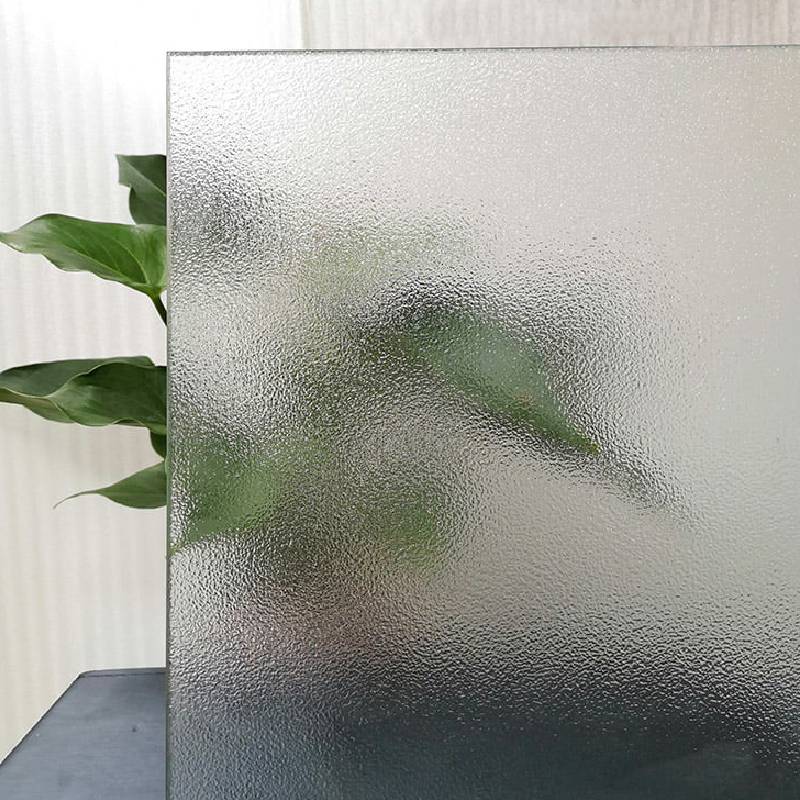Understanding Low Iron Glass What Does It Mean?
In today's world of architectural design and material science, the term low iron glass has garnered attention for its specific properties and advantages. This special type of glass is distinct from traditional glass primarily due to its composition and optical characteristics. In this article, we will explore what low iron glass is, its benefits, and its applications in various industries.
What Is Low Iron Glass?
Low iron glass, as the name suggests, is a type of glass that contains reduced levels of iron oxide compared to standard glass. Traditional glass is typically made from silica, soda ash, and lime, among other materials. However, the presence of iron can impart a greenish tint to the glass, which can become more pronounced with greater thickness. Low iron glass minimizes this tint, resulting in a clearer, more transparent product.
The reduction in iron content is what distinguishes low iron glass. By using high-purity raw materials during the manufacturing process, glass manufacturers are able to create a product that exhibits superior clarity and a neutral color tone. This transparency is particularly desirable in applications where aesthetics and light transmission are critical.
Key Benefits of Low Iron Glass
1. Increased Clarity One of the most significant benefits of low iron glass is its excellent optical clarity. With reduced coloration, it allows for more accurate color representation and a more authentic view of the objects behind it. This makes it ideal for display cases, partitions, and showcases.
2. Higher Light Transmission Low iron glass allows more light to pass through compared to standard glass. This higher light transmission can enhance indoor illumination without the need for additional artificial lighting, thereby providing energy savings and a more pleasant ambiance.
3. UV Protection Some low iron glasses are manufactured with additional coatings that offer UV protection. This feature is particularly advantageous for displays showcasing artwork, textiles, or other light-sensitive materials, as it helps prevent fading and deterioration over time.
4. Versatility Low iron glass is extremely versatile, finding applications across various sectors, including architecture, automotive, and consumer goods. Its aesthetic appeal and functional benefits make it a sought-after choice in modern design.
what does low iron glass mean
5. Sustainability The use of low iron glass can contribute to sustainability efforts. Because it allows for better natural light access, it can help reduce a building’s energy consumption. Additionally, low iron glass can be sourced from recycled glass, promoting a circular economy.
Applications of Low Iron Glass
Low iron glass is utilized in many facets of design and construction, reflecting its growing popularity
1. Architecture In modern architectural designs, low iron glass is often used for facades and curtain walls. Its clarity and aesthetic qualities create a seamless visual connection between indoor and outdoor environments, enhancing the overall architectural appeal.
2. Interior Design Low iron glass is frequently employed in interior design applications, such as glass partitions, balustrades, and shower enclosures. Whether it is in residential or commercial spaces, its transparency creates an open and airy atmosphere.
3. Retail Displays Retailers often choose low iron glass for display cases to feature products without any distortion of color or visibility. This allows the merchandise to shine and attracts customers more effectively.
4. Automotive Industry In the automotive sector, low iron glass is used for windows and windshields that require both strength and clarity. The ability to minimize glare and enhance visibility can greatly enhance driver safety.
5. Art Galleries and Museums To protect valuable artworks, low iron glass is often the go-to solution for framing and safeguarding pieces from exposure to harmful UV rays while maintaining a clear view.
Conclusion
Low iron glass represents an impressive advancement in glass technology, offering superior clarity, light transmission, and aesthetic appeal. Its applications span various industries, showcasing its versatility and functionality. Whether in architectural designs, retail environments, or art preservation, low iron glass proves to be a critical component in creating spaces that prioritize visual integrity and sustainable practices. As the demand for functional and aesthetically pleasing materials continues to grow, low iron glass is set to remain a popular choice in the future.
 Afrikaans
Afrikaans  Albanian
Albanian  Amharic
Amharic  Arabic
Arabic  Armenian
Armenian  Azerbaijani
Azerbaijani  Basque
Basque  Belarusian
Belarusian  Bengali
Bengali  Bosnian
Bosnian  Bulgarian
Bulgarian  Catalan
Catalan  Cebuano
Cebuano  Corsican
Corsican  Croatian
Croatian  Czech
Czech  Danish
Danish  Dutch
Dutch  English
English  Esperanto
Esperanto  Estonian
Estonian  Finnish
Finnish  French
French  Frisian
Frisian  Galician
Galician  Georgian
Georgian  German
German  Greek
Greek  Gujarati
Gujarati  Haitian Creole
Haitian Creole  hausa
hausa  hawaiian
hawaiian  Hebrew
Hebrew  Hindi
Hindi  Miao
Miao  Hungarian
Hungarian  Icelandic
Icelandic  igbo
igbo  Indonesian
Indonesian  irish
irish  Italian
Italian  Japanese
Japanese  Javanese
Javanese  Kannada
Kannada  kazakh
kazakh  Khmer
Khmer  Rwandese
Rwandese  Korean
Korean  Kurdish
Kurdish  Kyrgyz
Kyrgyz  Lao
Lao  Latin
Latin  Latvian
Latvian  Lithuanian
Lithuanian  Luxembourgish
Luxembourgish  Macedonian
Macedonian  Malgashi
Malgashi  Malay
Malay  Malayalam
Malayalam  Maltese
Maltese  Maori
Maori  Marathi
Marathi  Mongolian
Mongolian  Myanmar
Myanmar  Nepali
Nepali  Norwegian
Norwegian  Norwegian
Norwegian  Occitan
Occitan  Pashto
Pashto  Persian
Persian  Polish
Polish  Portuguese
Portuguese  Punjabi
Punjabi  Romanian
Romanian  Russian
Russian  Samoan
Samoan  Scottish Gaelic
Scottish Gaelic  Serbian
Serbian  Sesotho
Sesotho  Shona
Shona  Sindhi
Sindhi  Sinhala
Sinhala  Slovak
Slovak  Slovenian
Slovenian  Somali
Somali  Spanish
Spanish  Sundanese
Sundanese  Swahili
Swahili  Swedish
Swedish  Tagalog
Tagalog  Tajik
Tajik  Tamil
Tamil  Tatar
Tatar  Telugu
Telugu  Thai
Thai  Turkish
Turkish  Turkmen
Turkmen  Ukrainian
Ukrainian  Urdu
Urdu  Uighur
Uighur  Uzbek
Uzbek  Vietnamese
Vietnamese  Welsh
Welsh  Bantu
Bantu  Yiddish
Yiddish  Yoruba
Yoruba  Zulu
Zulu 

